Table of Contents
“Can’t read, won’t purchase” is a typical concept among internet shoppers. It demonstrates the importance of translation, localization, and brand recognition in worldwide e-commerce. It also emphasizes the need of having a WordPress multilingual website in general.
However, there are several critical “behind the scenes” aspects to bear in mind. Providing your content in various languages entails more than just word-for-word translation.
So, before introducing additional languages on your site, make sure you check off these crucial WordPress multilingual best practices.
8 best practices for WordPress multilingual websites
Follow these eight tips and best practices to nail your multilingual website development and ensure an optimal design.
1. Choose a quality method of translation for WordPress multilingual
Depending on your goals and budget, you can choose one of several WordPress translation services available for your business.
There are various factors to consider when selecting the ideal option for your WordPress site. Those include how much you’re willing to pay, whether you need an automatic plugin or professional translations, and how important quality and clarity are for your translated content.
If you own a huge website and want to expand abroad, offering high-quality translated content to customers is always a good idea.
Additionally, you should have a professional and experienced language translator look over your WordPress translations to guarantee they are correct and speak directly to your target audience.
Even though hiring a professional translator might seem like a waste of money, having a well-translated site is much better than spending it on “decorating” site costs.
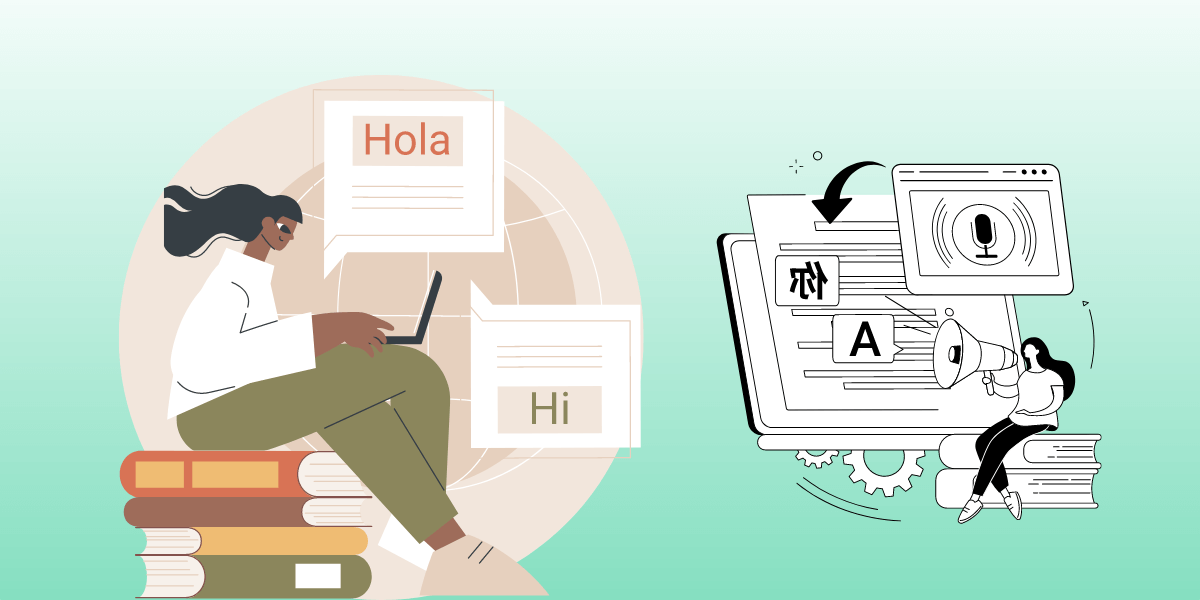
2. Choose the right WordPress multilingual plugin
If you are choosing WordPress multilingual plugins, you should pick the one with the best practices for your multilingual WordPress website. A WordPress plugin is an add-on or extension that can be installed on a WordPress website to enhance and expand its core operations and features.
Today, there are now thousands of paid and free plugins for WordPress. Therefore, choosing the right ones will assist you in creating the sites of your dreams.
To construct a multilingual WordPress website, for example, users would want a plugin that translates information into multiple languages.
A plugin that creates duplicates of all the pages and structures from the original source is another useful plugin you should keep in mind. And you can consider Transcy from OneCommerce as one of the top choices for your online store.
The robust Transcy is a free translation plugin that works for everyone. No matter how big or small your multilingual website project is, this plugin can translate it quickly and easily.
Transcy allows you to translate your website into over 110 different languages automatically. It also created a user-friendly language switcher, so you only need to undergo some easy work to place it in an attractive spot on your site. With Transcy, you do not need any technical knowledge to create a multilingual storefront.
Best of all, Transcy‘s translations do not affect the speed or layout of your website. So, you can rest assured that your visitors will have the best shopping experience!
Localize your Shopify website

3. Be selective with your website languages
Choosing which languages to translate your website into may appear to be a simple process. But it’s important to look at your data to find out who is actually visiting your site. After all, you may have already decided which countries you want to reach with WordPress multilingual sites.
You can use Google Analytics data to show the top ten languages which your visitors explore. With this, you might find WordPress users from countries and new markets that you had never considered before.
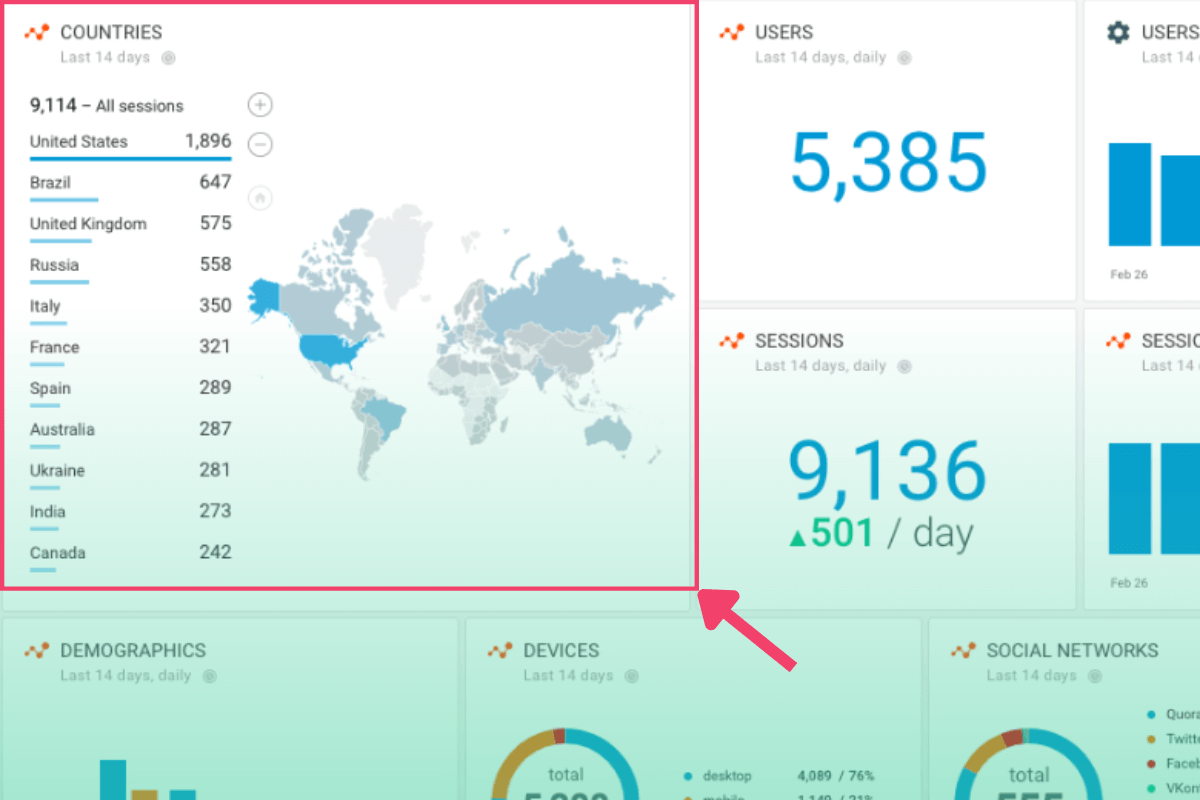
If they are presently seeing your content in English, they will most likely enjoy the ability to switch to a translated version in their native language. This increases trust, making consumers feel more comfortable when making a purchase on your WordPress multilingual site.
While WordPress multilingual solutions provide translations in dozens of languages, that doesn’t mean you can turn on every single language. Instead, you should choose only the languages of your target audience to ensure you don’t create more work for yourself or your team.
When translating your website, you should also think about other things too as all elements will add up to its performance. Too many languages can lead to a slow website and a bad shopping experience. Therefore, you should choose the languages wisely.
If you are confused about which languages to use for your website, why not take a look at the top 5 languages in high demand for eCommerce businesses? You can use this article as your first step in setting up your online store!
4. Provide simple language-switching options
Many contemporary websites can now detect the browser’s language and automatically set the language for users. This reduces the amount of work required from the user by guaranteeing that their chosen language is shown when they visit your site and sparing them from having to seek a language-switching option.
Although recognizing browser language allows you to offer up translated information automatically, it isn’t an exact science. Therefore it’s crucial to consider people who come to your site with the “wrong” language.
You’ll want visitors to your site to feel welcome and be able to access your WordPress multi language content in the way they prefer. Therefore, you should make sure that language-switching options are easy to find on your homepage or everywhere on your site (for example, as a widget or a drop-down in the navigation menu or sidebar).
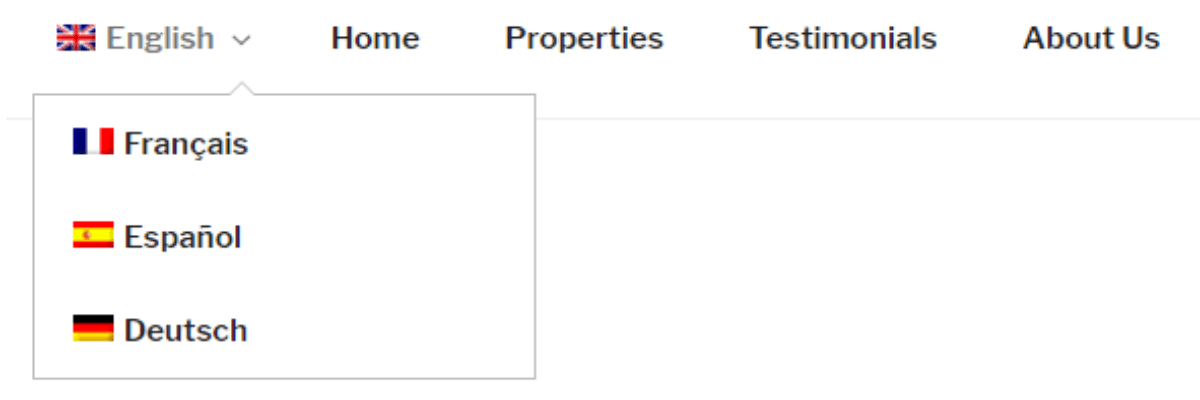
Users who are used to translating content usually look at the top of a page to see if they can change the language right from the start.
So, it’s better to show a language in its own words. For example, you can use “Deutsch” instead of “German,” and use “日本語” instead of “Japanese.” Moreover, you should set your website to remember their language preferences so that it will automatically load in their preferred one on their next visit.
5. Use dedicated URLs
Duplicate content and how it affects SEO is one of the main concerns with multilingual WordPress sites. When the same content appears on different domains, it can lead to duplicate content penalties, like a drop in search rankings or even being taken off the index.
To prevent duplicate content penalties, Google suggests utilizing locale-specific URLs, also known as dedicated URLs, that include a language indication rather than an altogether distinct domain name for each site. For instance, an original page may be www.onecommerce.com, while the German version could be www.onecommerce.com/de.
While each of these options has advantages and disadvantages, subdirectories are simple to set up and manage because they use rewrite rules to provide a unique URL for each language.
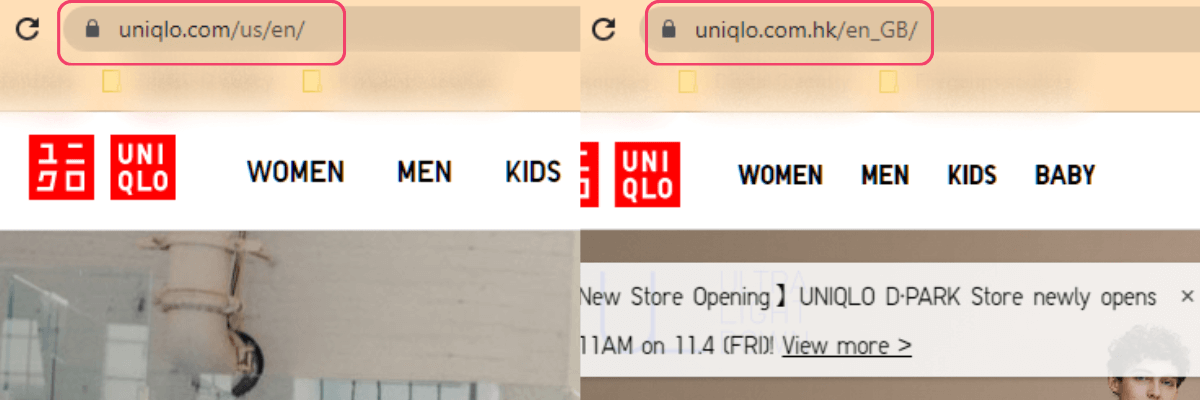
6. Consider your SEO strategy
With translated content, your WordPress multilingual site will be more likely to show in search results, increasing your online visibility. However, you must carefully analyze your WordPress multi-language SEO approach to do so.
You may target a greater variety of keywords with a WordPress multilingual site, together with translated keywords and metadata, increasing your chances of ranking in SERPs.
In the U.S and many other English-speaking countries, Google is the most popular search engine. Meanwhile, Baidu is the most popular in China, and Yandex is the most popular in Russia. Therefore, you need to build your SEO strategy around the most popular search engines in the countries you want to reach.
This also means researching how your target audience searches, finding out what popular search terms and keywords are for your niche, and then optimizing your website content. Thus, your page should start showing up in the local SERP, and your natural traffic will then go up a lot.
7. Check your website design in different languages
When you designed your website, you probably double-checked everything by reading content in your native language.
However, providing content in more than one language might lead to unpredictable issues when designing your WordPress multilingual sites like problems in formatting or spacing.
Spacing is a crucial factor. The amount of space text takes up on a page may be significantly reduced when translating material from one language to another. The translated text may be longer or shorter than the original language, which might mess up the spacing and layout of your site.
For example, some written languages, for example, are more succinct than others. Languages such as Japanese, Chinese, and Korean need one or two characters to communicate a piece of information that would usually need a full sentence in English.

Therefore, it’s critical to remember and be prepared for layout modifications.
You must also consider regional and cultural sensitivities when reviewing photos and other visual graphic components.
In the end, it’s critical that your WordPress multilingual site’s user experience, functionality, and features are consistent across all language versions — and that your design doesn’t break or look odd when a user switches languages.
8. Consider cultural differences
Investing in a WordPress multilingual site that communicates to your target audience in their local language might assist your company in expanding internationally and gaining new market share. However, it also entails a lot more than merely translating your material word by word.
Each language has its own norms, phrases, and slang terminology. In most situations, these terms do not translate well from one language to another. So, it would be best if you were careful when you use phrases only used in a certain area so that people from other countries who visit your site don’t get confused.
Aside from linguistic problems, if you want to make the all-important emotional connection with your target audience, it’s critical to give culturally appropriate content. And localization is the key to doing this.
Other WordPress multilingual best practice considerations
There are a few more things to consider while translating your WordPress multilingual site:
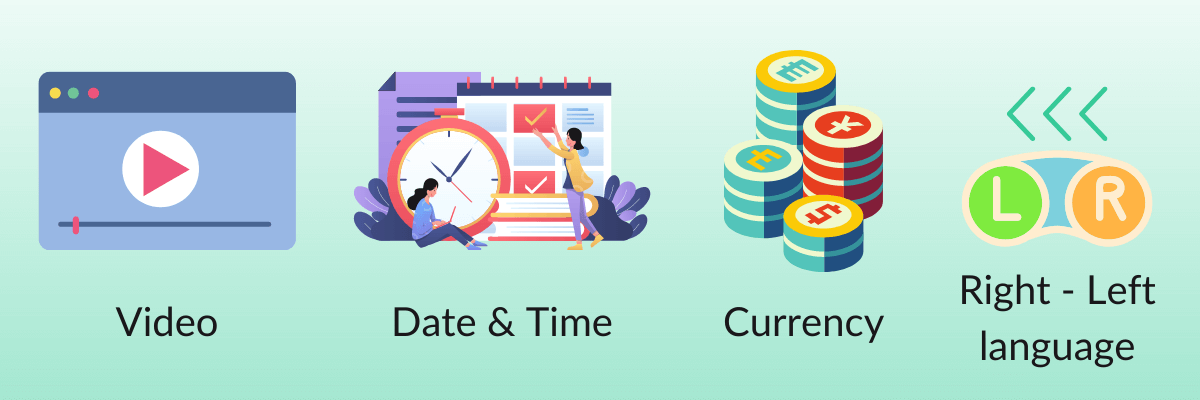
- Video
With the growing use of video in marketing, it’s essential that you give translations for any videos and other multimedia on your site. This might include providing video subtitles, voice-overs, or dubbing.
- Date & Time
Another significant aspect of website design localization is to change the format of dates and times on your site dependent on the language of the visitor.
– The most obvious example is differing date formats, such as month/day/year vs /day/month/year.
– Some languages also have distinct time formats, such as a 12-hour clock vs a 24-hour clock.
- Right-to-left language
This last tip for making a multilingual website will only apply to some websites. However, if you wish to provide your site in right-to-left languages in addition to left-to-right languages, some design changes will be required and you need to notice this.
- Currencies
It is critical for eCommerce businesses to display pricing in the local currency. When users visit your website, seeing prices in a foreign currency immediately creates a barrier to conversion. So make it simple for consumers to buy from you by offering prices in their local unit of payment.
Create a perfect WordPress multilingual website today
Creating a multi-language website is an excellent approach to give a better user experience for multilingual visitors while also connecting with more people in general.
However, if you want to get the most out of your translation efforts, you need to follow some important best practices for WordPress multilingual websites. And you might already know where to find it.
Implementing these guidelines will guarantee that your users have a positive experience on your site regardless of the language in which they browse.


